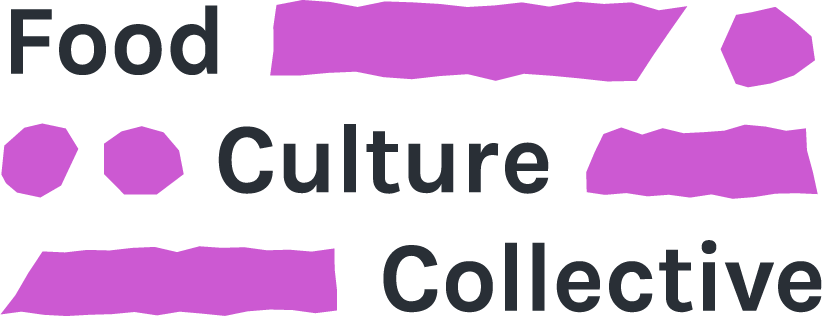How did Black women sow community healing & care into East Bay foodways?
BY UGO IKORO
Black Food, Love & Liberation is an ongoing series curated by our Digital Culture Fellow, Ugoada Ikoro. Each week, Ugo captures stories of joy, beauty, community care, and thriving (beyond surviving) hidden beneath mainstream narratives shaping Black foodways and our relationships to the land. This month’s theme? How Black women sowed nourishment, mutuality, and belonging into the East Bay’s community foodways.
Archival photo of Black women leaders gathered at the 28th biannual convention, National Association of Colored Women, Oakland, California, Courtesy African American Museum & Library at Oakland Photograph Collection.
Generation after generation, Black women have answered the inner stirrings of their spirits by radically dreamscaping pathways to surviving the throes of racial terror, brutality, and oppression.
“What love do you dream of for our future descendants?
And, how will you ensure them that love?”
These promptings are like seeds burrowed deep within us as the unspoken, yet ceaseless call to action of revolutionary self-love and collective caretaking. They have been nourished in me by the mothers who nurtured my blossoming long before my arrival.
The legacy of love that has tilled and ripened the grounds of community care in abundance was woven into the women that gave rise to Black Women’s Clubs of the 20th century. These clubs provided safe havens for Black women to rise together, love, and educate one another, as they set out to steward civic leadership, economic development, and community initiatives that fed and housed its members.
Archival photo of leaders of the National Association of Colored Women’s Clubs reading invitation letter from Gov’n of California, Earl Warren inviting them to California, Courtesy African American Museum & Library at Oakland Photograph Collection, 1952.
Sowing seeds of deep feminine earth wisdom and moral consciousness was everyday village business for these Black women. Pictured above, one gets an expansive glimpse into the tapestry that stitches their many stories together here in the Bay Area and beyond.
Archival photo of smiling Black children and women gathering around the table as they enjoy their holiday dinner at Fannie Wall Children's Home and Day Nursery. Courtesy African American Museum & Library at Oakland Photograph Collection, 1951.
Many clubs established and led by great Black women blossomed in the East Bay during the 20th century. Among the first, stood the incomparable Fannie Jackson Coppin Club— a “mothers club”—established through the Beth Eden Baptist Church in 1899, the Fannie Wall House, Women’s and Arts Industrial Club, and many others.
In this installment of Black Food, Love + Liberation, I’ll be celebrating their labor of love and digging into how their deep ecological food histories and ties to land propagated mutuality and care right here in the Bay. Those seeds continue to sprout—visible across the many faces and spaces that are still gathering tirelessly to support each other to this day.
Archival photo of group photograph of California State Federation of Colored Women’s Clubs, Oakland, CA, Courtesy African American Museum & Library at Oakland Photograph Collection, July 1915.
Photo of Ugo Ikoro with text that reads, “Ugo Ikoro, Digital Culture Fellow”
About the author
Ugo is a storyteller, food & public health justice advocate, and land steward. During the 6-month Digital Culture Fellowship, she'll be exploring her foodways and how systems of oppression have shaped the ways Black people engage with food culture in the US and across the Diaspora.
Through tending to the land, discovering the practices of her ancestral lineage, and finding inspiration in the stories and legacies of Black land predecessors and successors, Ugo is bridging gaps in how we tell stories about our connections to the Earth and each other.
Digging Deeper
This week, I'm offering up a prompt for reflection:
What seeds are you sowing into yourself and your community at this time?
What does collective care look like to you and yours?





